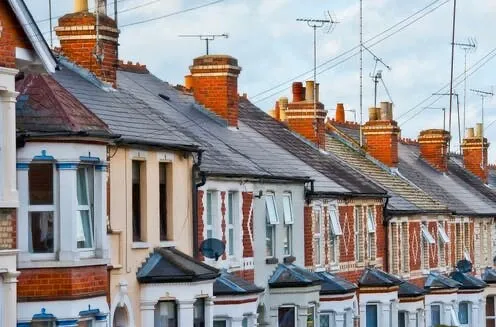
The UK government’s own figures declare it to be true – house prices rose to a record high in June. Even a national pandemic, it seems, can’t put the brakes on soaring house prices.
According to the latest figures from the Office of National Statistics (ONS) House Price Index, the cost of the average home had jumped by 3.4% (an increase of around £8,000 compared to the same time last year), bringing the total price to £238,000 at the start of the summer.
The figure is based on transactions which went through in March and April – at the height of the pandemic and when the country was already in lockdown. These were resumed in May when the English property market reopened – and which also resulted in a certain amount of pent-up demand.
East Midlands tops the table for property price rise
The biggest growth in house prices was in the East Midlands, which an increase of 4.6% year-on-year. Next was the North West with 4.4%. House owners in the South West saw the value of their homes rise by 4.3%, while in London Second Steppers (those going from a starter home to three or four-bedroom property) pushed up prices by 4.2% compared to 2019’s figures. Properties in the North East saw the lowest rise, according to the ONS statistics, at just 1.7%.
Not surprisingly, the government statistics also show that houses, rather than apartments, is the new buying trend post-Covid. This is, of course, home owners looking for more space, including greenery, in the event of further lockdowns. To the extent, the value of flats rose by 4.1% compared to just 0.9% for flats.
Number of sales more important than prices say analysts
June’s ONS House Price Index is the first published since the country went in to lockdown earlier this year. Although it shows prices are ‘up’ on the previous year, the number of sales which went through are down by 37% compared to 2019. And it is the number of sales – rather than the rising value of house prices – which is the greater indicator of how the market is performing, according to analysts. The Stamp Duty Holiday – where homes under £500,001 are exempt – will increase transactions over the next six months but that is due to come to an end in March 2020.
The Stamp Duty holiday will, however, will keep sales more buoyant than normal as the government’s furlough scheme comes to an end, bringing the fear of job losses. The latter is expected to impinge negatively on price growth as prospective buyers wait and see what happens to the economy over the next six months or so. A potential No Deal Brexit also brings its own worries.
A survey by mortgage lender BSA found that 68% said they were put off buying a home because they were too worried about whether they would still have a job in the coming months. This compared to almost half that number (37%) last year during the ongoing Brexit negotiations, which in itself created a great deal of uncertainty.

